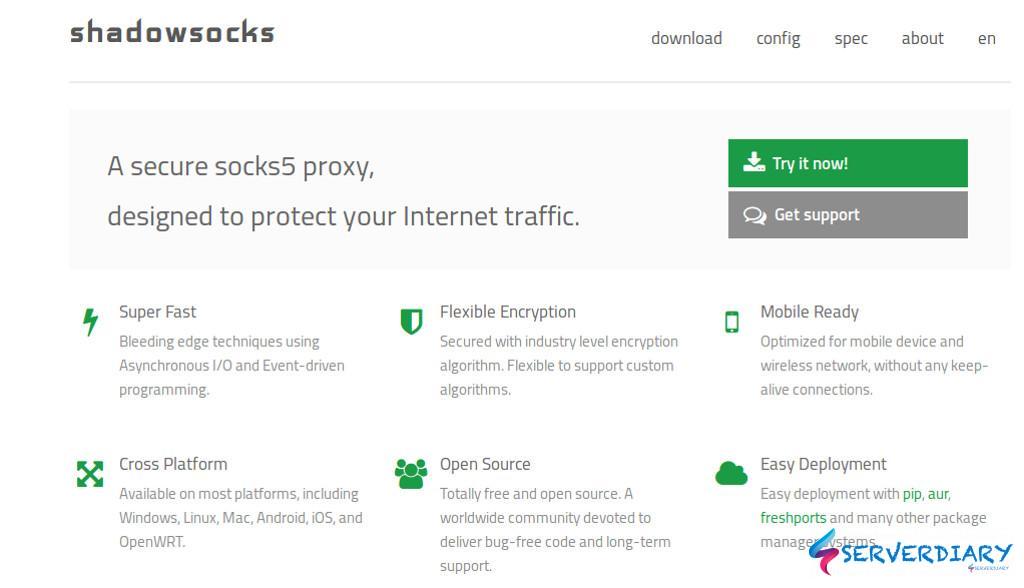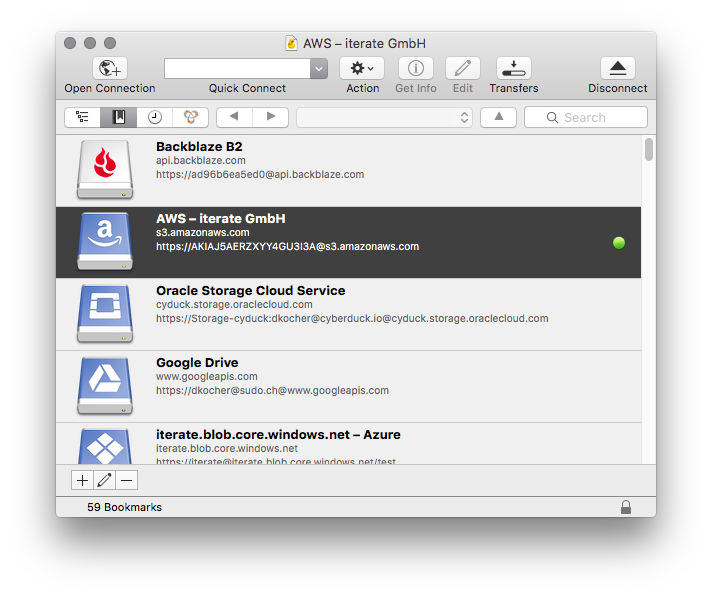
Now we should restart the SSH service in order for the new configuration to take effect.

Open the SSH configuration file with this command: nano /etc/ssh/sshd_config If you need this version for any reason, then you can ignore this part. In the next section, we will disable SSHv1. Using the SSHv1 protocol is not recommended because it’s an older version and is less secure than the newer SSHv2 protocol. There are two versions of SSH protocols: SSHv1, and SSHv2. Restart the SSH daemon service by executing the command: systemctl restart rvice Disabling SSH Protocol 1 When you are finished with editing, press Ctrl+O, and then press Ctrl+X in order to save and exit. After you find the port number (the default value should be 22), you can edit the default one to the number you prefer. Next, you need to find the line that refers to the port number. In order to change the Standard listening Port, you need to modify the SSH configuration file by using the command below: nano /etc/ssh/sshd_config
CENTOS 7 MAC SSH SERVER HOW TO
In this section, we will provide you with a few simple tips on how to secure SSH access on your CentOS 7 server. Last login: Wed Sep 27 12:22:50 2018 from ~]# Secure SSH Access in CentOS 7

You can now try to log in directly as a root user. #PermitRootLogin noĪfter we save the file we should restart the sshd service. PermitRootLogin noĬomment the line out by adding a ‘#’ at the beginning of the line, or change ‘no’ to ‘yes’ like in the examples shown below. nano /etc/ssh/sshd_configįind the following line in the file. In our example, we will use nano as an editor. In order to enable logging in as root, we need to modify the main ssh configuration file “sshd_config” with a text editor of your choice. Last login: Thu Sep 27 11:05: from IP_address on ~]# Enable SSH Root Login login as: password:Īt this point, you are not able to log in directly as root, but you can still log in as a normal user with sudo privileges and use ‘sudo’ or ‘su’ command to switch to the root user. Now when we try to log in as the root user, you should get an “ Access Denied” error. The line in the file should look like this: PermitRootLogin noīy executing the following command we will restart the SSH daemon service: systemctl restart rvice Uncomment the line by removing the ‘#’ from the beginning of the line. Now search for this line below in the file. Login to your CentOS VPS via SSH as a regular user with sudo privileges: ssh -p Port_Number Disable SSH Root Loginĭisable SSH Root Login in CentOS 7In order to disable the root login, we need to modify the main ssh configuration file “sshd_config” with a text editor of your choice.

We recommend reviewing the CentOS on AWS Cloud wiki page at for details on how these images are built, how you might be able to extend and add functionality to these images as well as Getting Started guides.You can override this default username by using instance user data at time of instantiation. Once the machine is running, you will be able to login as this user and use sudo to run privileged commands. Starting with CentOS-7 we now include cloud-init support in all CentOS AMI's, the default cloud user is setup to be 'centos'.However, we test the images with both Selinux enabled as well as permissive. All official CentOS Linux images are built with SELINUX set to enforcing mode.


 0 kommentar(er)
0 kommentar(er)
